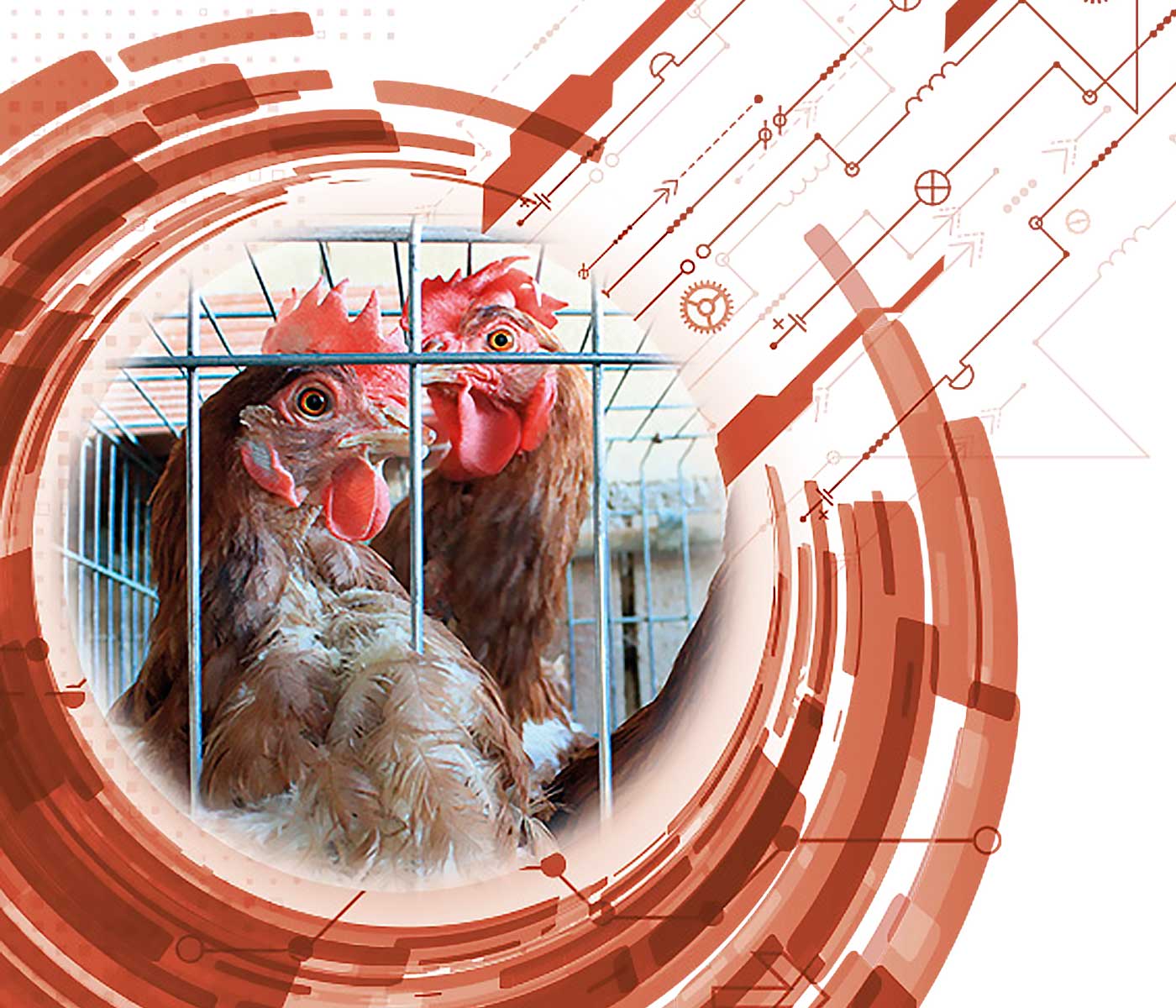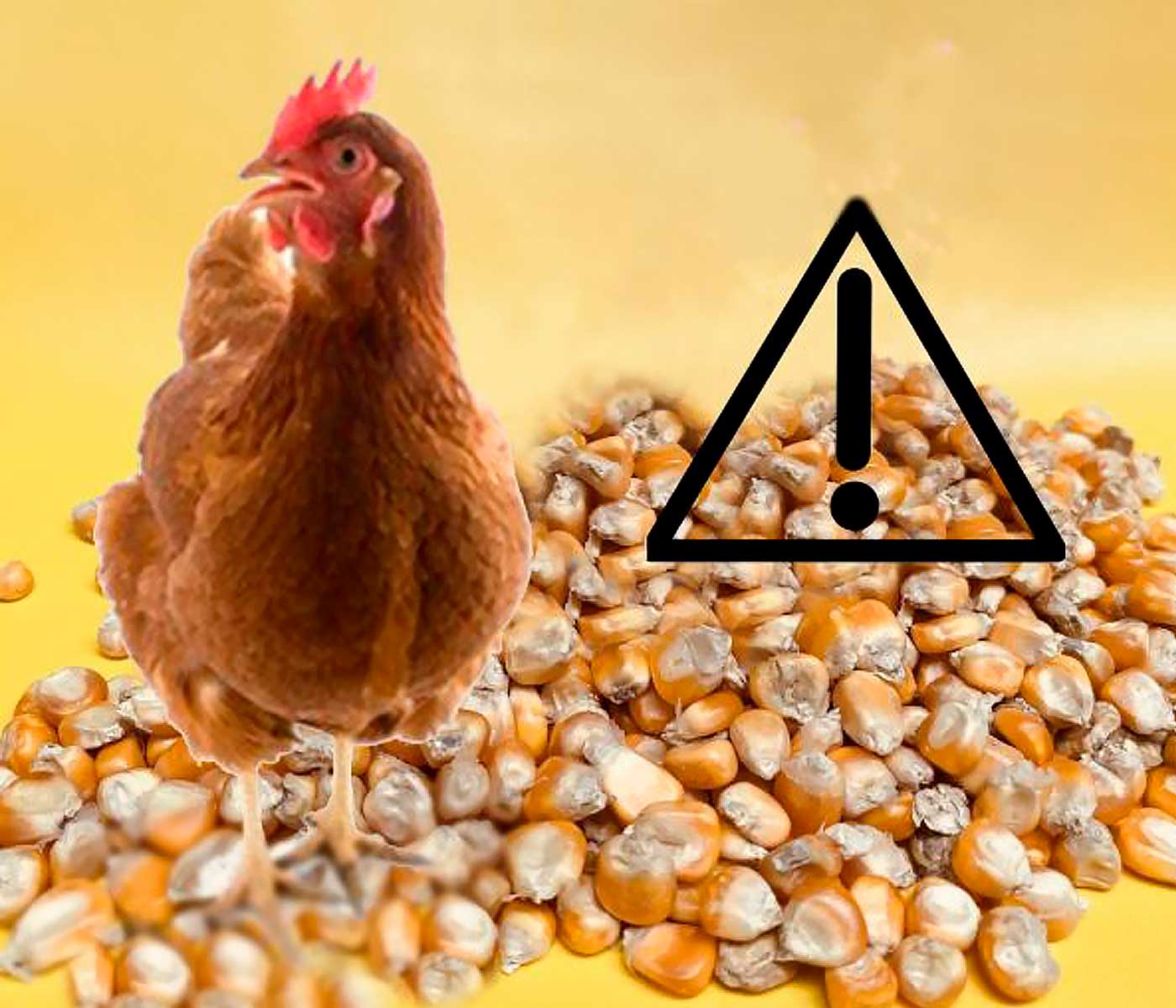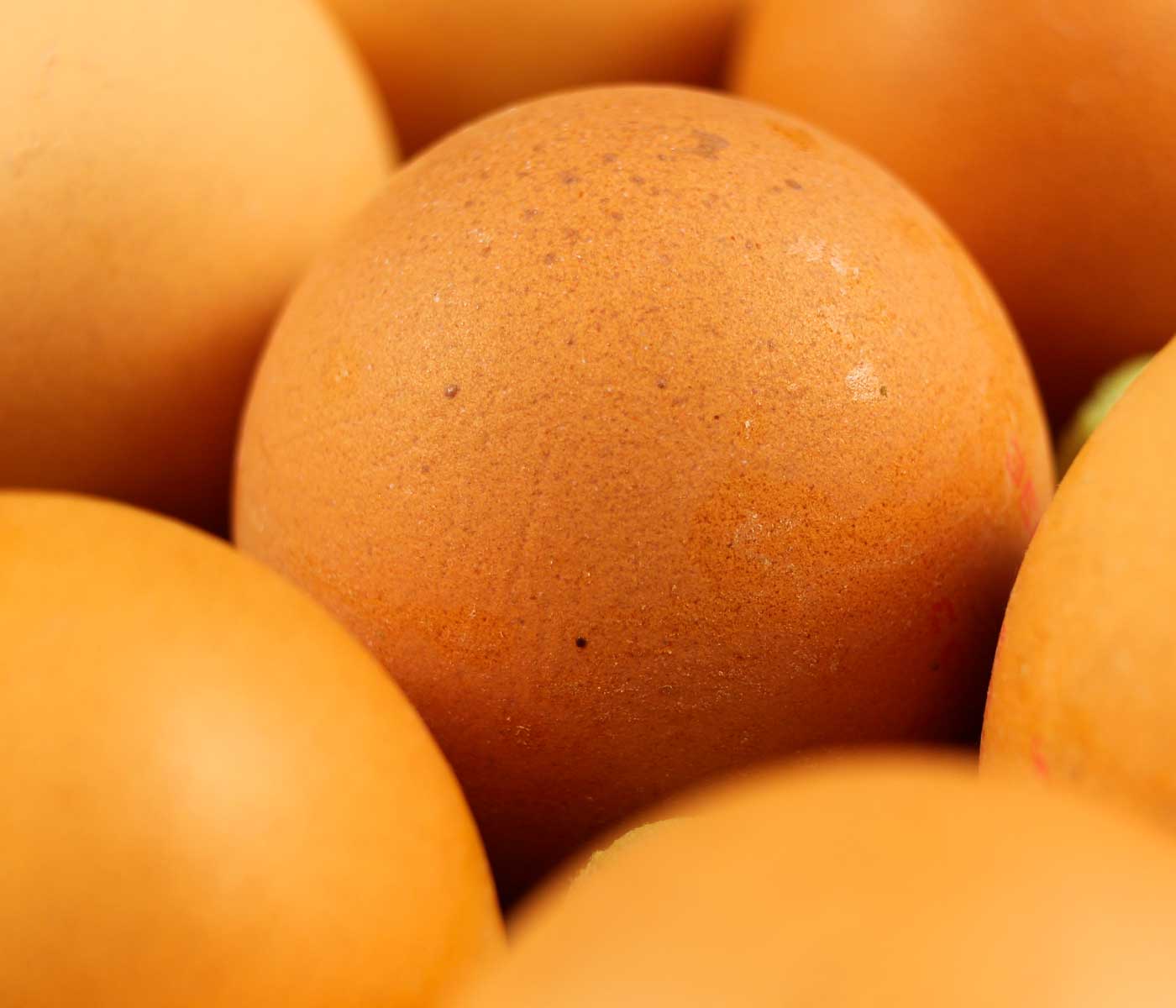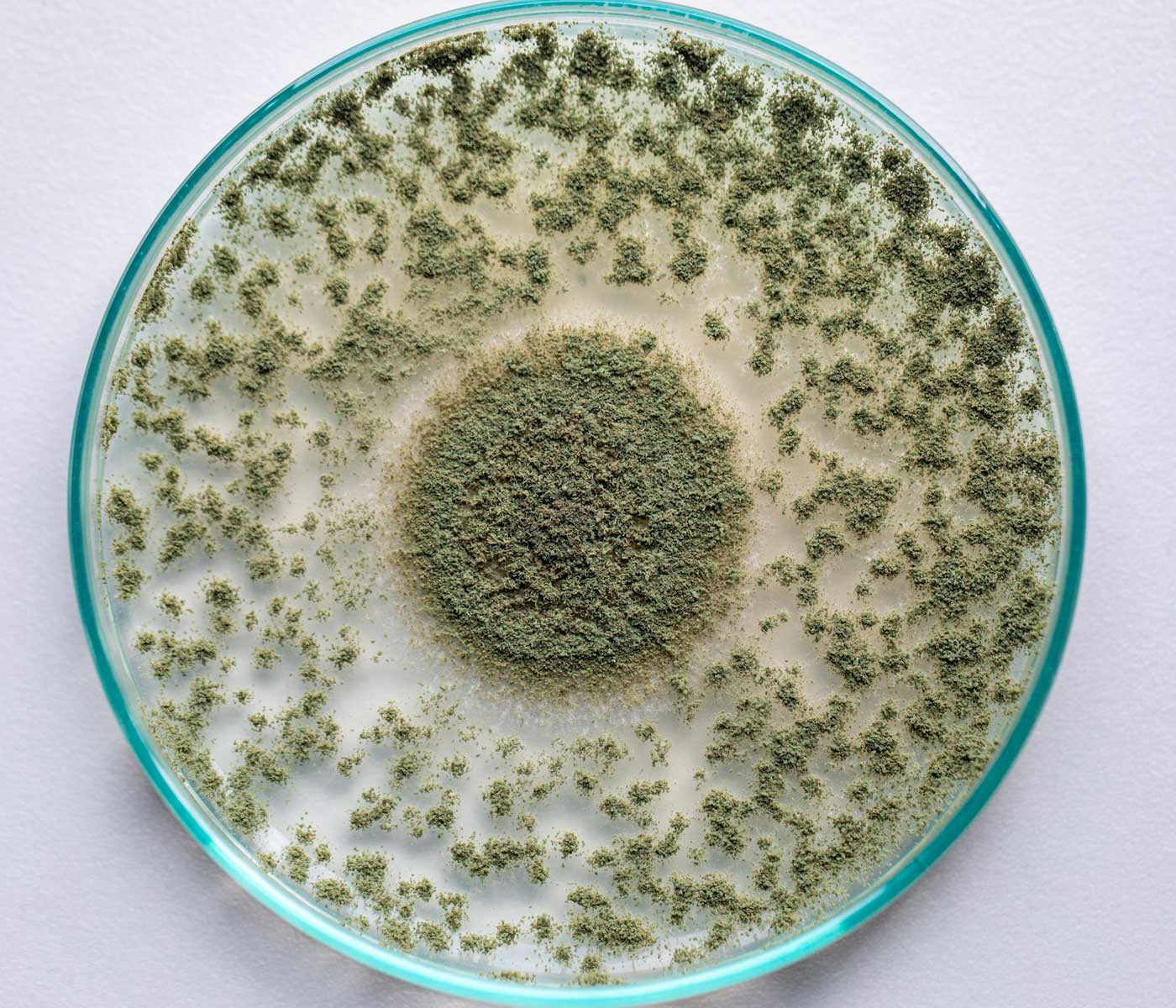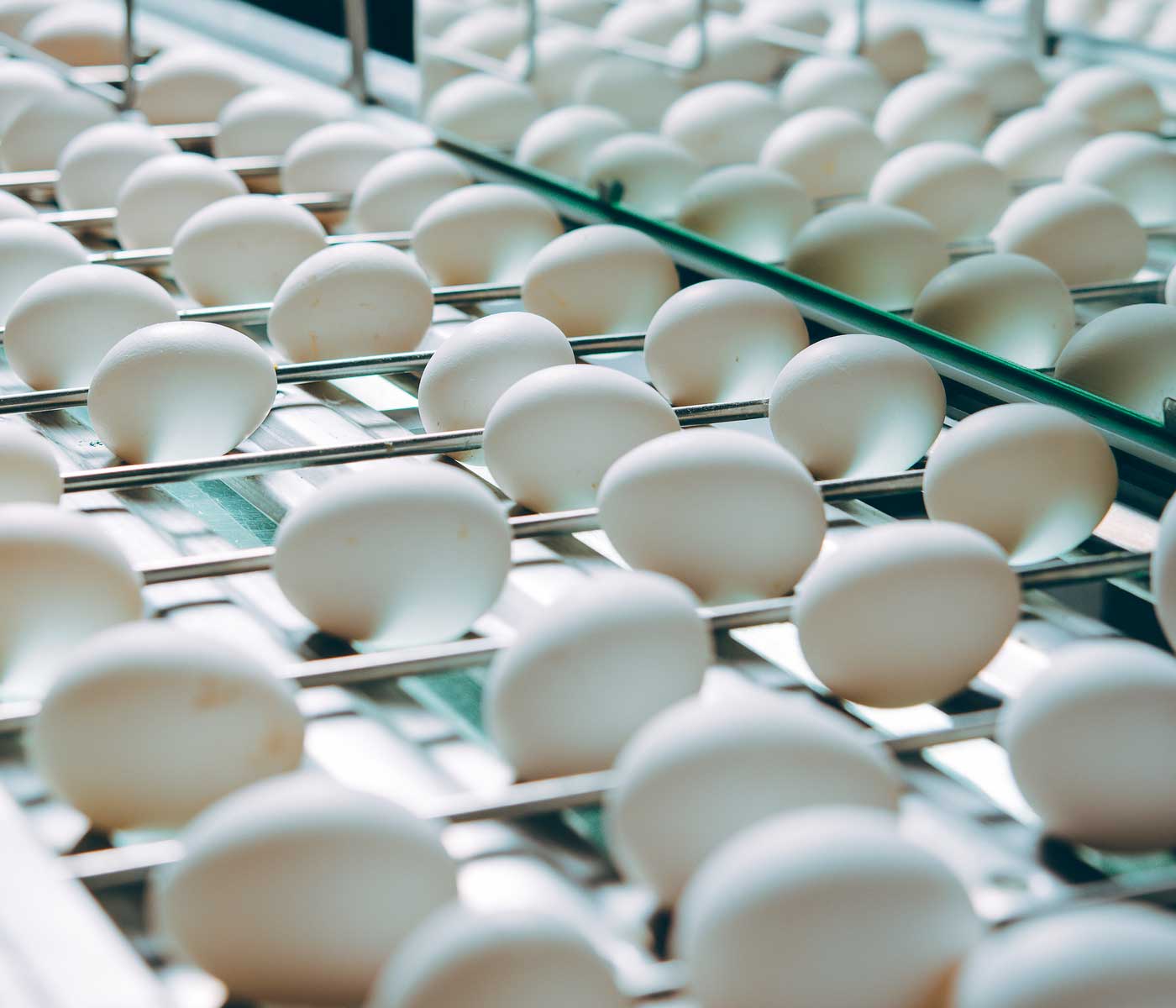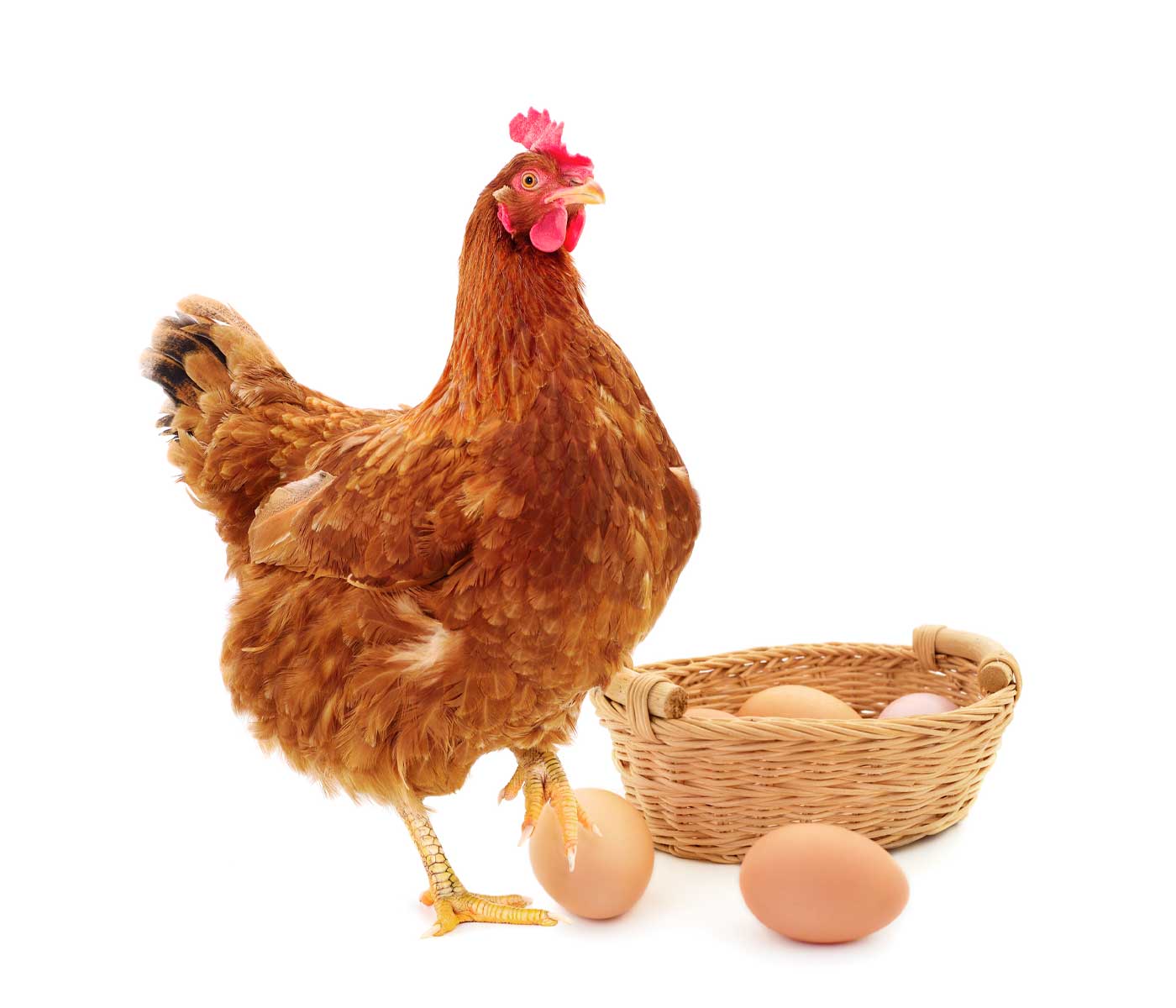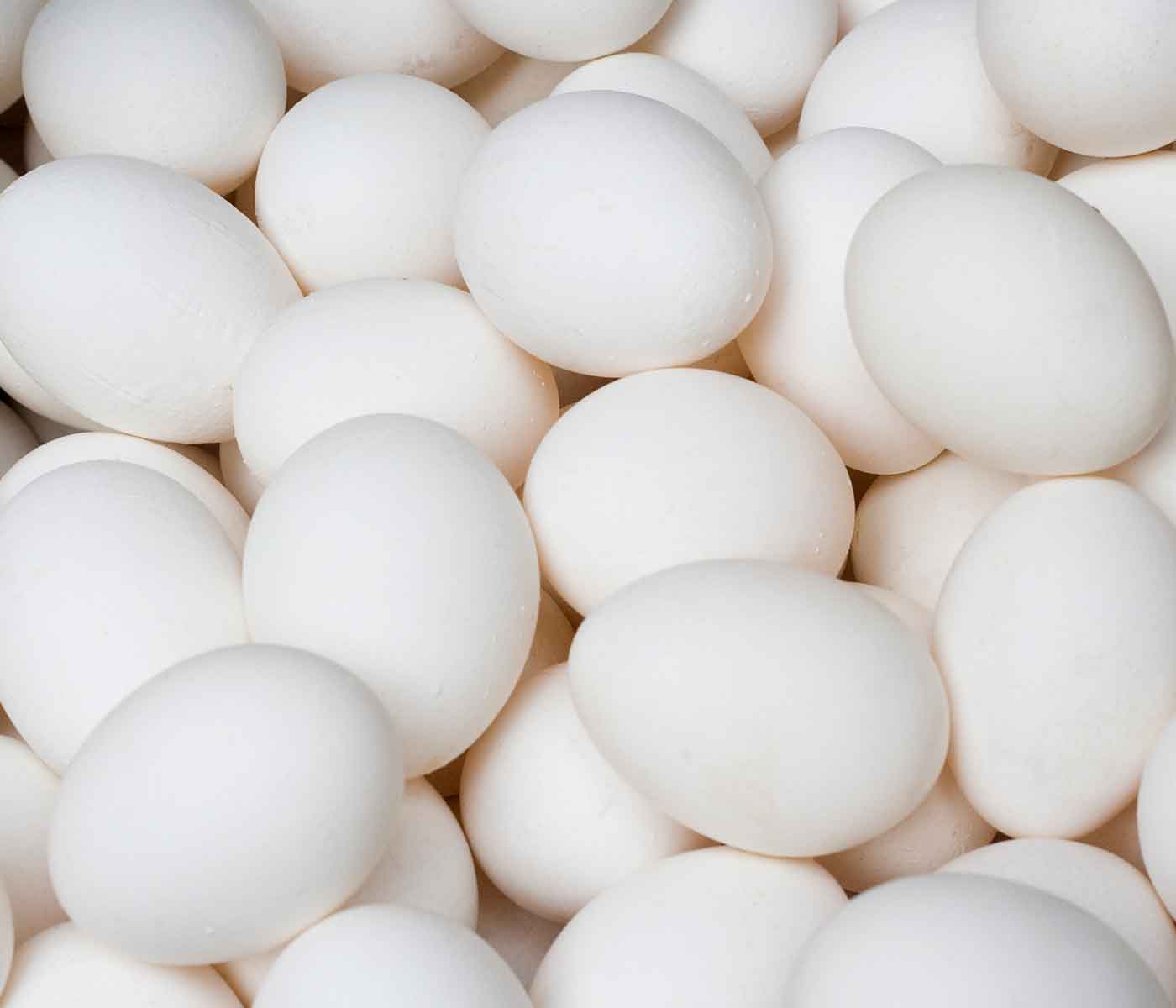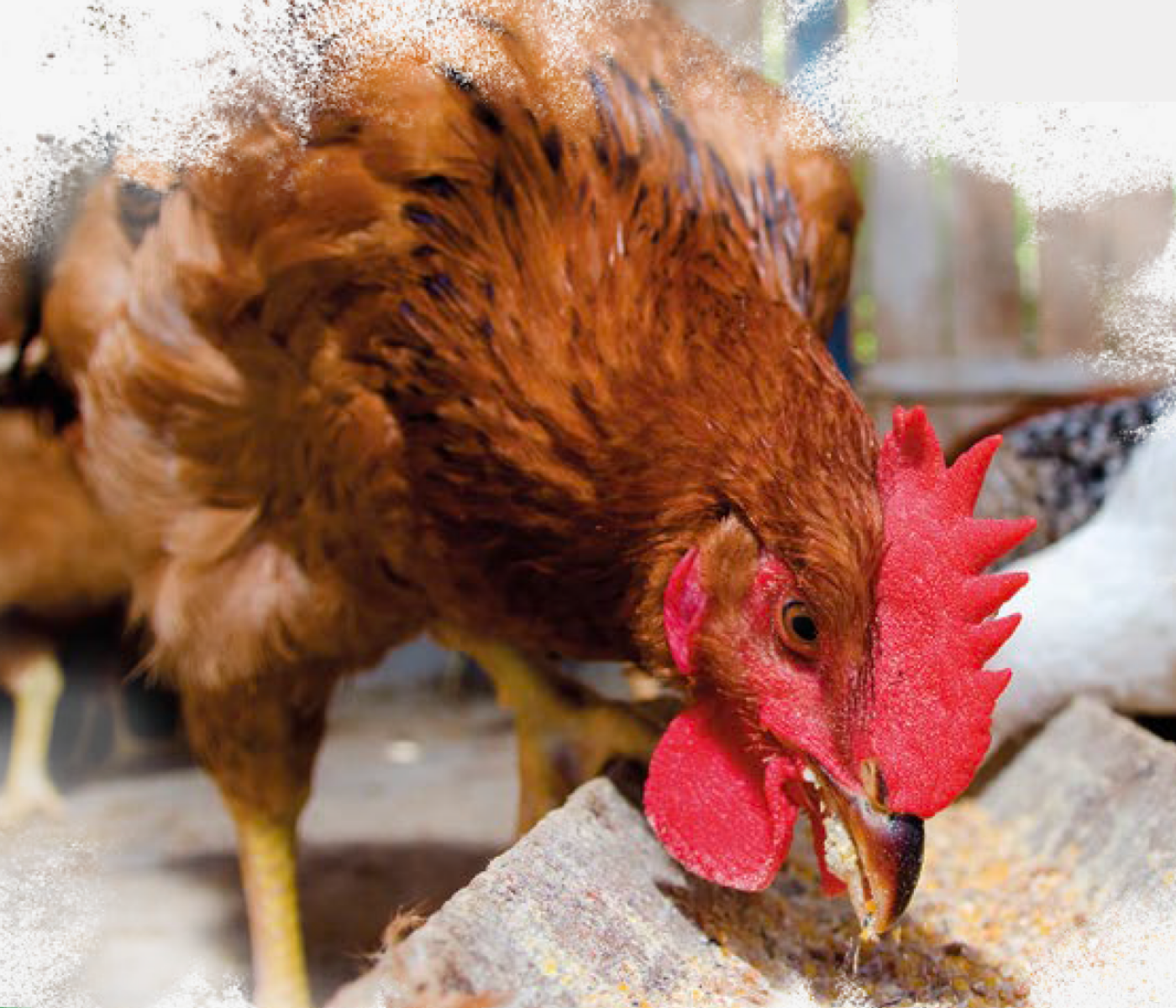Modern laying hens are being genetically selected for long production cycles, with the promise of being long-lived and productive, having a more remarkable ability to consume feed in the early stages, and better persistence in egg production.
However, the traditional nutritional and feeding management must be reviewed for the operation to be economically viable. One of the issues to check is the nutritional management of calcium and phosphorus.
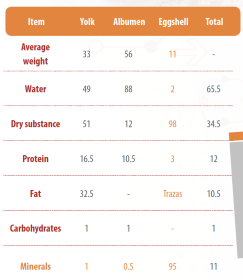
Table1. Egg composition %
It is normal in the late stages that the mortality increases and events such as:
- prolapses,
- ovo-peritonitis,
- intra-abdominal posture,
- cage fatigue,
- heart attack,
- crooked keels,
- decalcified bones,
- fattening,
- thin-shelled or coltsfoot eggs
Which would be a clear indicator that one of the factors to be reviewed is the metabolism of calcium and phosphorus as responsible for many functions on which their life and productive performance depend.
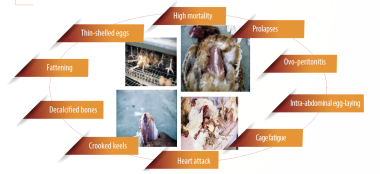
Figure 1. Field evidence in layers after 50 weeks
THE IMPORTANCE OF CALCIUM
Calcium is the most abundant mineral in the animal body, 99% is in the bones as calcium phosphates, and the remaining 1% is distributed in ionic form.
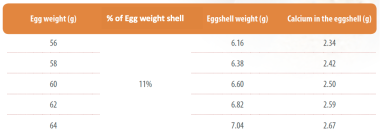
Table2. Influence of egg weight on shell weight and calcium content.
It is the main constituent of the shell in the form of calcium carbonate crystals. In addition, it participates in some metabolic functions such as: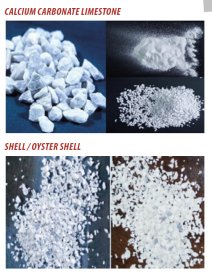
- the formation and maintenance of bones;
- contraction of skeletal, cardiac, and smooth muscles,
- blood clotting,
- heart rate regulation,
- body weight gain and feed utilization,
- egg production and shell quality,
- transmission of nerve impulses and neuromuscular excitability,
- the catalyst for enzymes, secretion of hormones, and hormone-releasing factors;
Deficiency causes:
- growth delay,
- low feed intake,
- low egg production,
- osteoporosis, rickets, prostration,
- internal bleeding,
- increase in urine volumes,
- tetany and
- increase in thin shells
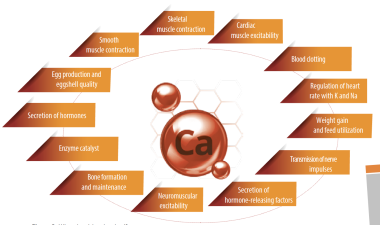
Figure 2. Where is calcium involved?
THE IMPORTANCE OF PHOSPHORUS
In addition to being part of the bone, phosphorus is
Keep up to date with our newsletters
Receive the magazine for free in digital version
REGISTRATION
ACCESS
YOUR ACCOUNT
LOGIN
Lost your password?
